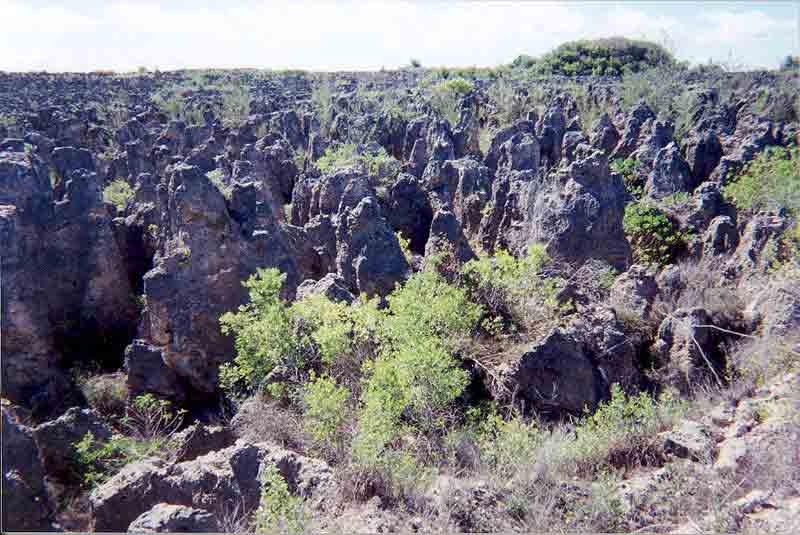land degradation
The change in the characteristic and quality of soil which adversely affect its fertility is called as Degradation.
Land degradation is the major consequences of direct interference of human activities in the natural phenomenon.
Land degradation means:
1. Loss of natural fertility of soil because of loss of nutrients.
2. Less vegetation cover
3. Changes in the characteristic of soil.
4. Pollution of water resources from the contamination of soil through which water sweeps into ground or runoff to the water bodies.
5. Changes in climatic conditions because of unbalanced created in the environment.
Causes of Land Degradation:
(a) Deforestation:
Deforestation is taking place at a faster rate due to increasing demands of timber, fuel and forest products which results into degradation of land resources.
(b) Overgrazing:
Overgrazing refers to excessive eating of grasses and other green plants by cattle. It results into reduced growth of vegetation, reduced diversity of plant species, excessive growth of unwanted plant species, soil erosion, and degradation of land due to cattle movement.
(c) Agricultural practises:
The modern agricultural practises, excessive use of fertilizers and pesticides has adversely degraded the natural quality and fertility of the cultivation land.
(d) Industrialization:
Development of industries for the economic growth of the country leads to excessive deforestation and utilization of land in such as way that it has lost its natural up gradation quality.
(e) Urbanization:
Increasing growth of population and demand for more residential areas and commercial sectors is also one of the reasons for land degradation.
Prevention and Control Measures for Land Degradation:
Following are some practises for controlling land degradation:
1. Strip farming:
It is & practice in which cultivated crops are sown in alternative strips to prevent water movement.
2. Crop Rotation:
It is one of the agricultural practice in which different crops are grown in same area following a rotation system which helps in replenishment of the soil.
3. Ridge and Furrow Formation:
Soil erosion is one of the factors responsible for lad degradation. It can be prevented by formation of ridge and furrow during irrigation which lessens run off.
4. Construction of Dams:
This usually checks or reduces the velocity of run off so that soil support vegetation.
5. Contour Farming:
This type of farming is usually practiced across the hill side and is useful in collecting and diverting the run off to avoid erosion.


